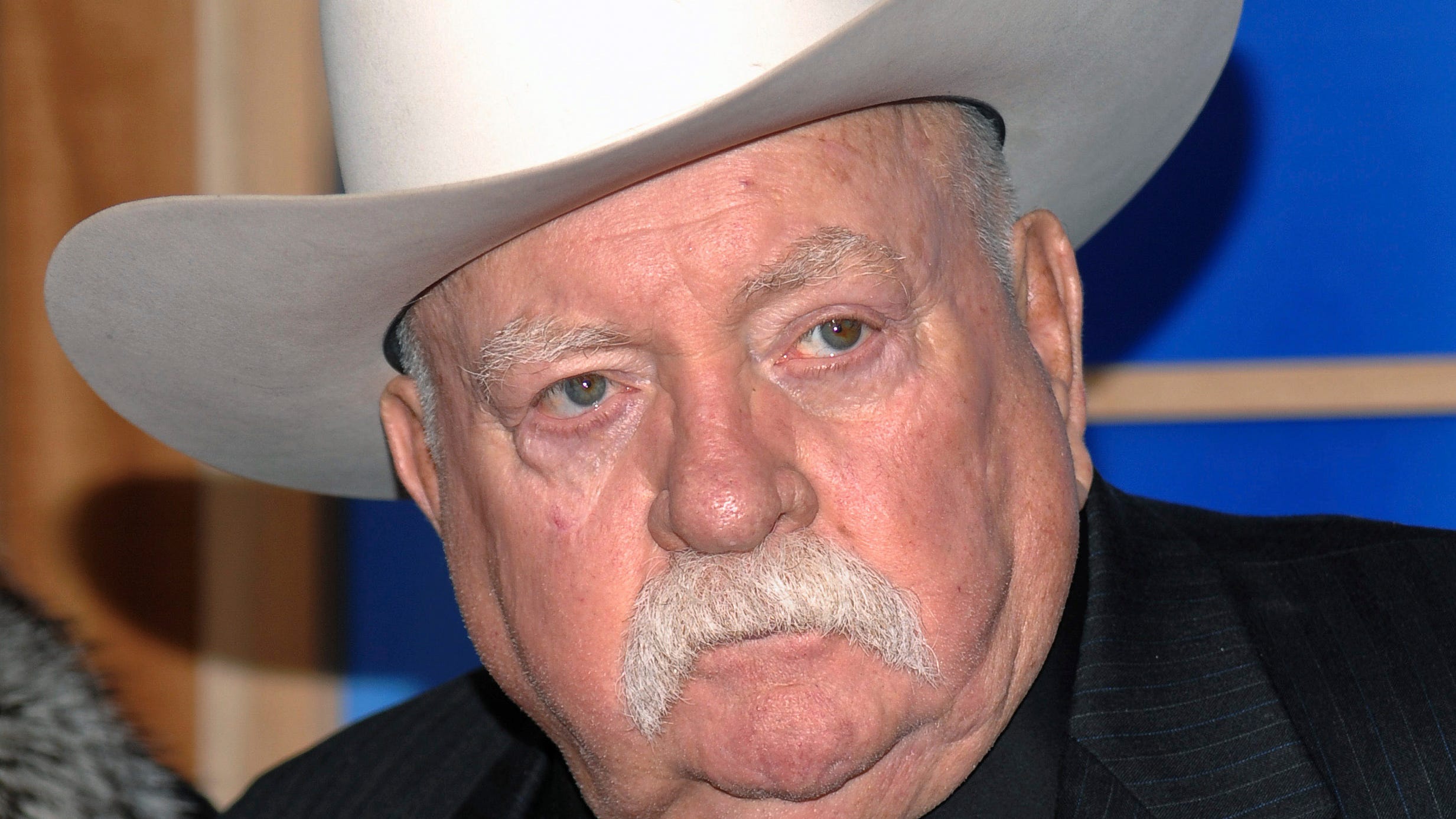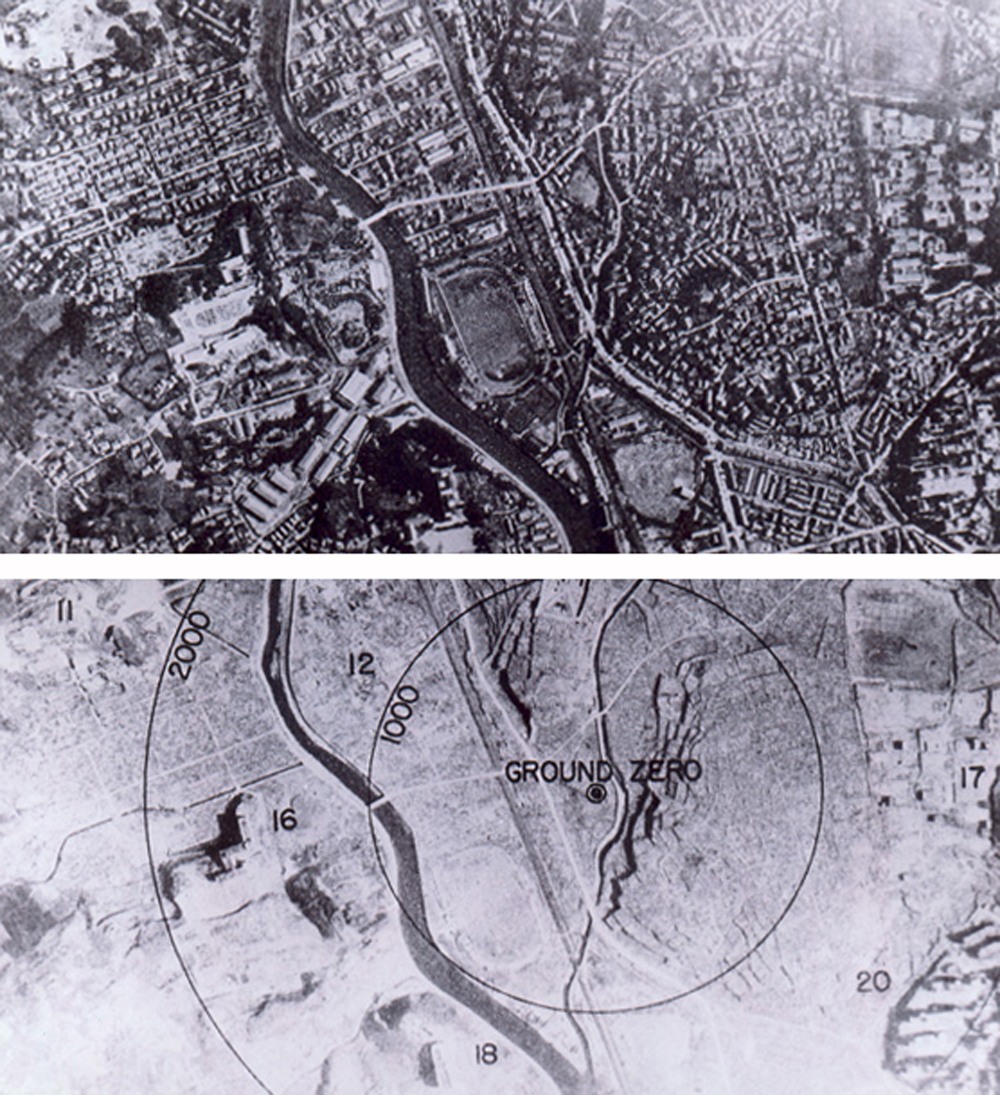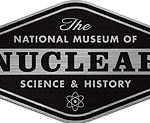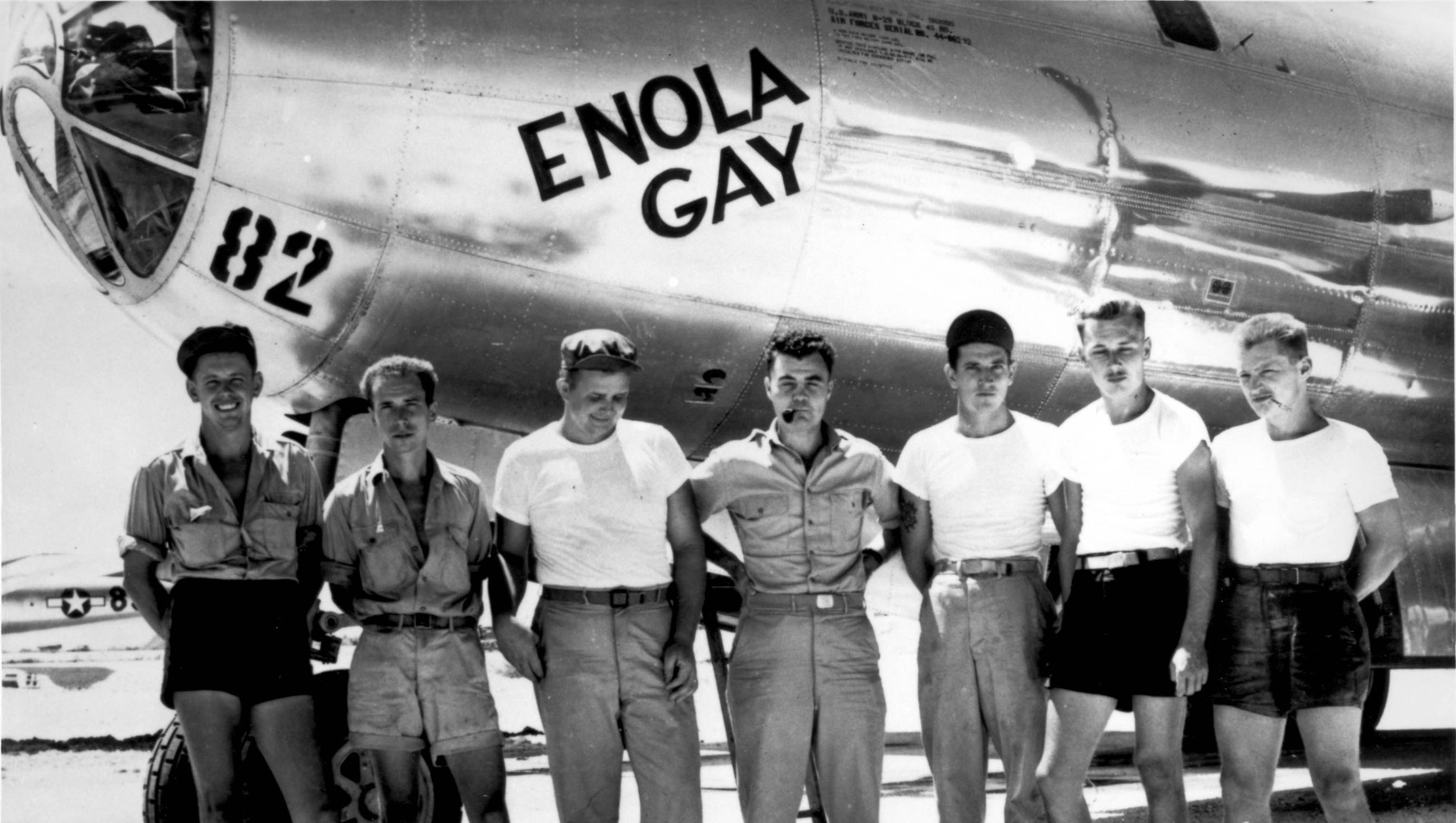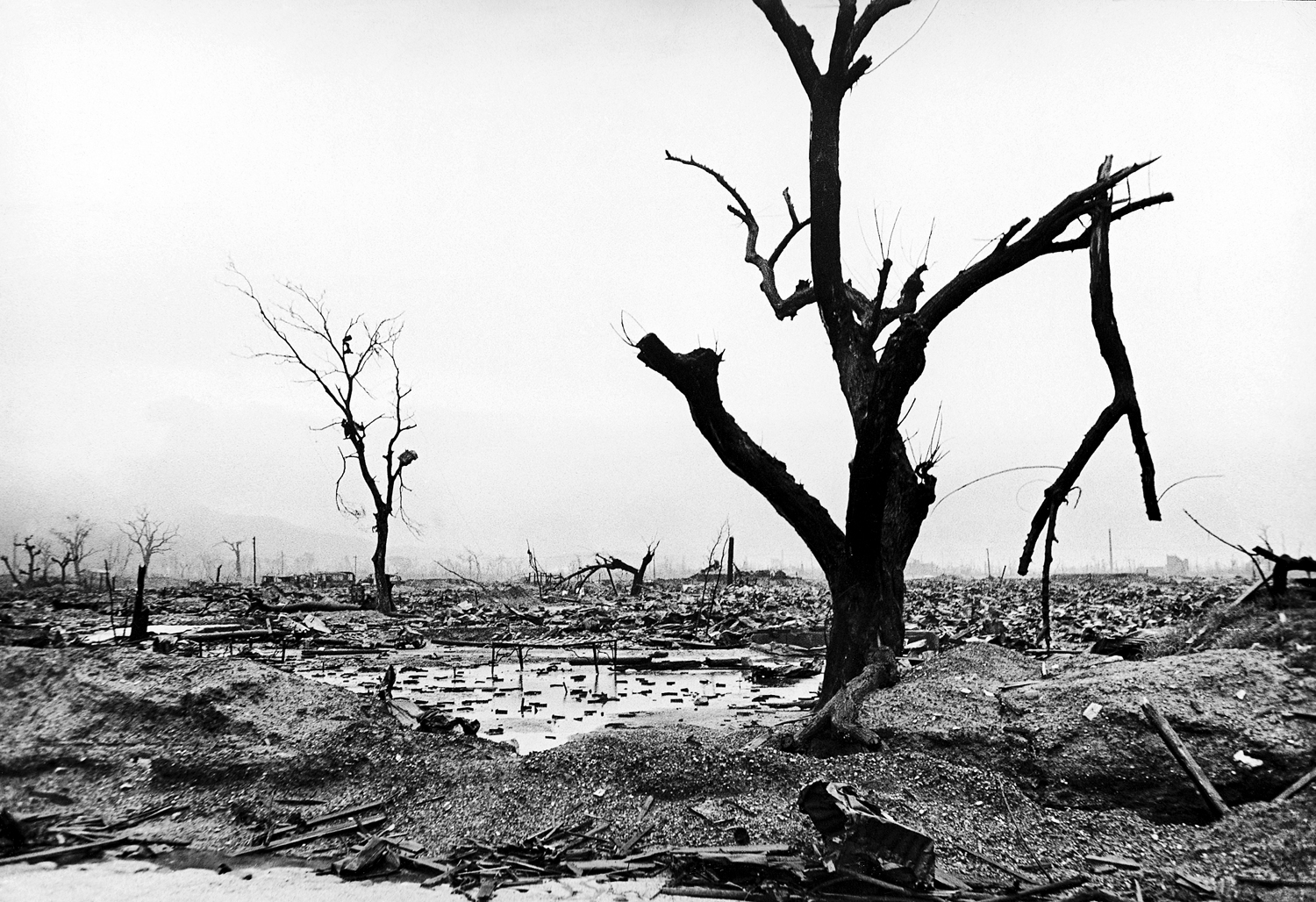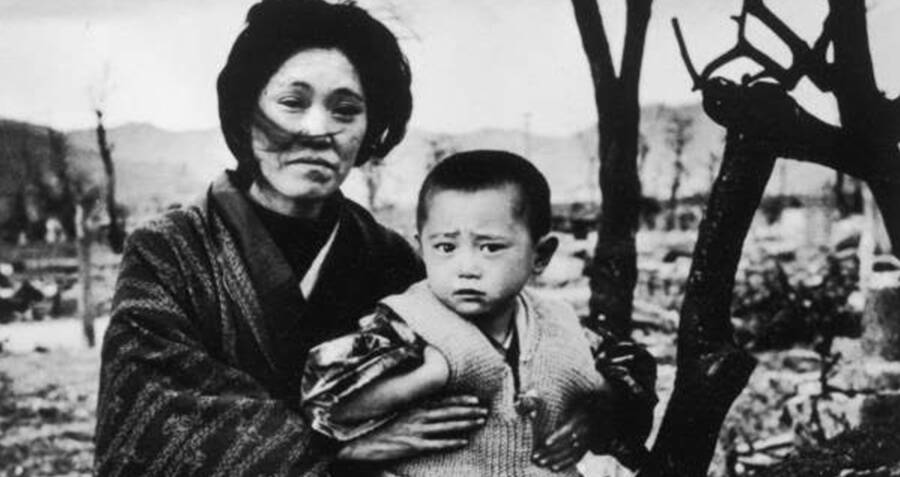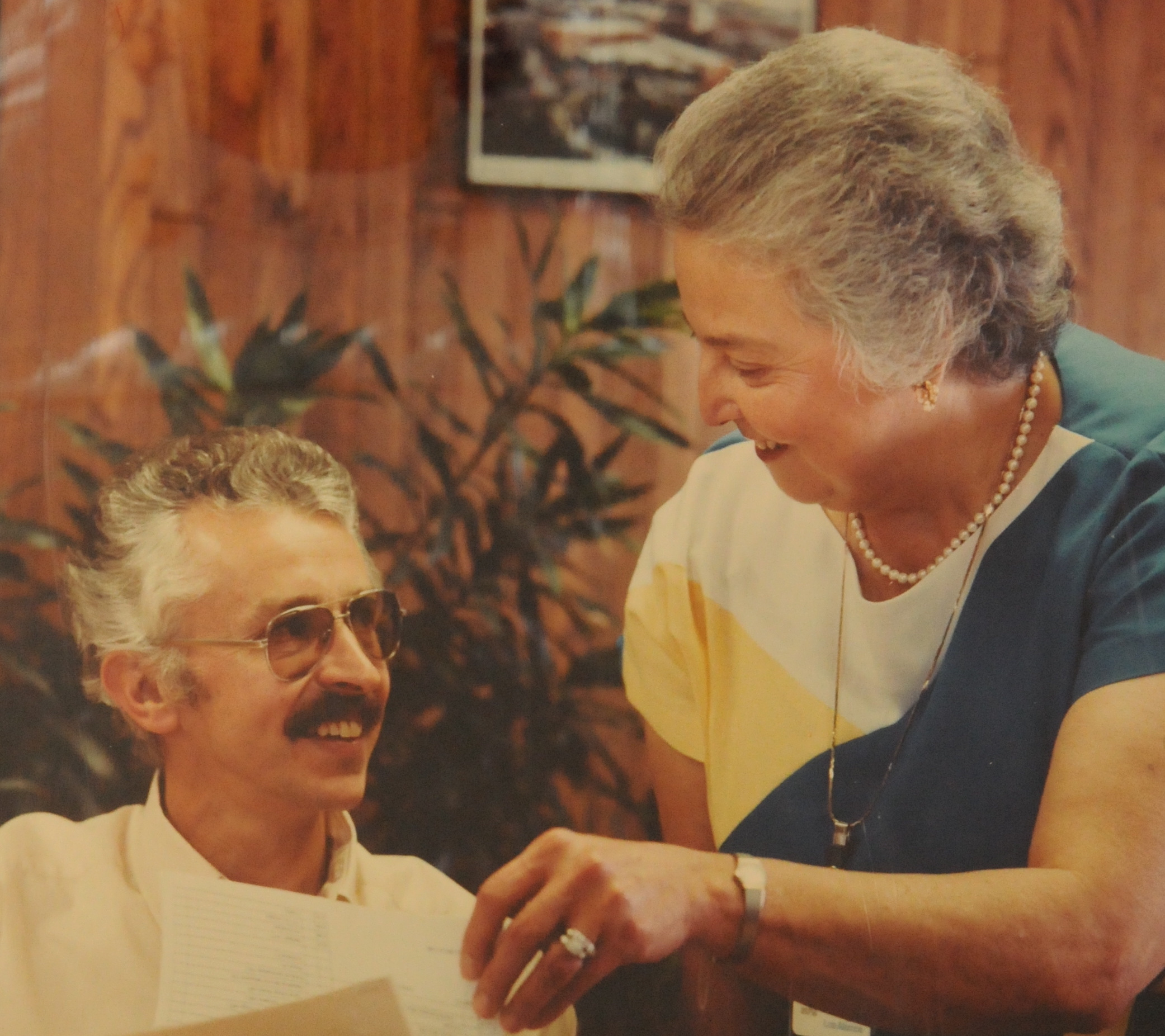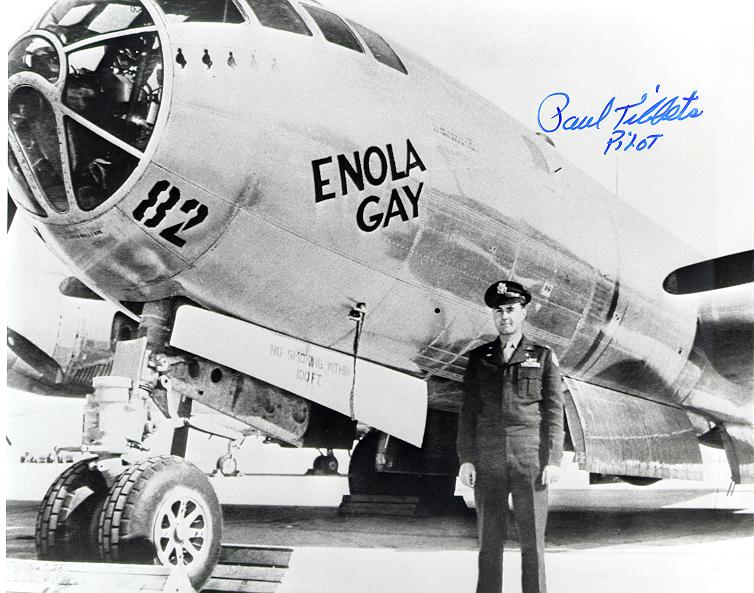Admiral C.M. "Savvy" Cooke Jr commander USS Pennsylvania stated in his after action report 16Dec41:
"0802 to 0805 (Exact time not known). Pennsylvania commenced firing at enemy planes, – reported as first ship opening fire by personnel on board. All anti-aircraft batteries were rapidly brought into action. After release of torpedoes three planes came in low from the port beam, strafing Pennsylvania, – strafing attack not effective. During the torpedo attack, one enemy plane was observed to burst into flames about 2,000 yards on the starboard bow"
Lieutenant J.C. FORD, USS Jarvis (DD-393) stated in his after action report 12Dec41:
0757 - Ensign CHILES called me – said "Someone is bombing us."
0758 - General Quarters was sounded by SIMONIN (S.M.1c.). Ford Island bombed.
0759 - I reached bridge followed closely by Lieutenant JOHANSEN. Japanese torpedo planes were coming in at 30 to 60 second intervals, approaching from Merry Point direction and attacking Battleships.
0800 - Ensign GREENE, Officer-of-the-Deck, came to bridge. I had seen him directing activities around the quarterdeck up to this time. On finding me on bridge he asked what I wanted him to do. I sent him aft to get the after battery firing. Ensign CHILES was actively organizing the forward battery without orders. Ensign FLEEGE was on the director prior my arrival on bridge. I gave him orders to open fire on any enemy planes within range as soon as possible. He relayed that order to guns and machine guns, put forward 5" battery in automatic with director control, after battery in local control.
0804 - (About) Machine guns opened fire.
0805 - (About) 5" opened fire. 33 gun believed to have fired the first shot of any 5" gun in harbor.
From: U.S. Congressional Joint Committee on Pearl Harbor Attack Hearings: Pt. 24, Proceedings of the Roberts Commission, pp. 1570-1611.
CONGRESSIONAL INVESTIGATION PEARL HARBOR ATTACK
Cincpac File No A16-3/ (0208
From: Rear Admiral H. E. Kimmel, U. S. Navy.
To: The Secretary of the Navy.
NARRATIVE OF EVENTS OCCURRING DURING JAPANESE AIR RAID ON DECEMBER 7, 1941
0800: COMINBATFOR Comincraft in OGLALA ..Torpedo hit OGLALA and HELENA simultaneously. These ships were moored abreast of B-2 of ten ten dock OGLALA outboard. Both ships opened fire with A. A. battery.
0800: CASTOR CASTOR 3" A. A. and 30 cal. machine guns commenced firing against enemy torpedo planes, low and close aboard, and against dive bombers.
0800: DOLPHIN Machine guns and rifles manned and fired at enemy aircraft which were flying very low. Ready identification could be made by the large red balls on each wing. Report received plane
0800: JARVIS Ensign Greene OOD of JARVIS reported on bridge. Prior to this he had been directing activities around the quarterdeck. He was told to go to the after firing battery. Ensign Chiles was actively organizing the forward battery without orders. Ensign Fleece already on the director. Orders given to open fire.
0800: RALEIGH Opened fire with AA battery of 3"/50 cal. 1.1" and .50 cal. guns.
0801: SUMNER Opened fire #3 gun manned and commenced firing four minutes after the attack on Navy Yard was observed, and before any other gun in the vicinity had commenced firing. Made direct hit on and destroyed torpedo plane making approach on BBs.
0801: HELENA Opened fire. Hit by torpedo, range 500 yds., starboard side, approximately frame 75, 18 feet below water line. Four near misses from bombs received and one strafing attack with little damage. Issued gas masks and protective clothing. Once gun opposition was in full swing, Japanese plans were noted to turn away from gunfire or keep at respectable altitude.
0802: DEWEY Four .50 caliber machine guns fired at planes attacking battle ships and Ford Island.
0802: TREVER Opened fire with .50 caliber machine guns.
0802: NEVADA Opened fire with machine guns on enemy planes approaching on port beam. One plane brought down 100 yards off NEVADA's port quarter; one plane dropped torpedo which struck the NEVADA on port bow.
0802: PENNA. Attack by Torpedo planes from west and south, about 12 or 15. PENNA. Reported as first ship opening fire on plane. After release of torpedoes three planes came in low from port beam strafing PENNA., though not affected. Bearing of torpedo attack and one enemy plane observed to burst into flame 2000 yds on stbd. bow. Dive bombing attacks and torpedo attacks on Pearl Harbor, and dive bombing attacks on Hickam Field.
0803: CUMMINGS After Machine guns opened fire on Japanese Torpedo planes.
0803: CALIFORNIA Opened fire with machine guns and ready guns, on torpedo planes.
0803: SWAN Opened fire with 3" A. A. guns. All sea valves and hatches closed and commenced placing boilers in commission.
0803: NEVADA NEVADA opened fire with 5" A. A. Members of crew claim both broadside scored direct hit on torpedo plane which disintegrated in midair.
0804: JARVIS Machine guns opened fire.
0804: WHITNEY Commenced firing with .50 cal. AA guns. Received signal to get underway.
0805: MUGFORD Opened fire with 50 caliber MGs. Shot down Japanese plane, altitude 800 feet on the stbd. quarter, passing aft on stbd. hand. This plane had fired a torpedo at the USS OGLALA.
0805: NEW ORLEANS Sighted enemy torpedo planes on port quarter, flying low across stern. Rifle fire and pistol fire opened from fantail as first planes flew by to launch torpedoes at battleships. Manned 1.1 battery and machine guns aft in time to fire at three or four enemy planes.
0805: VESTAL Opened fire, and shortly after A. A. breach jammed blast from ARIZONA cleared gun station, killing one man. Fired with machine guns on enemy planes until they were withdrawn.
0805: HELM Opened fire with after machine guns at planes over main channel, followed shortly by forward machine guns firing at passing torpedo planes.
0805: HULL #4 machine gun opened fire.
0805: CURTISS Firing with 5" local control and .50 caliber machine guns. Lighted off boilers 1, 2 and 4.
0805: JARVIS 5" opened fire. #3 gun believed to be the first 5" gun in harbor to open fire.
0805: BREESE Opened fire with 3" A. A. Guns.
0805: RAMSAY Sounded general quarters and opened fire with .50 cal. And 3" guns. RAMSAY liberty party returning in MONTGOMERY boat was strafed by torpedo planes which were observed to fire 3 torpedoes into UTAH and RALEIGH.
0805: GAMBLE Mounted and commenced firing with .30 cal. machine guns on galley deck house.
0805: BLUE Opened fire with .50 caliber machine guns on Japanese planes diving on ships in harbor.
0805: CASSIN Observed HELENA open fire followed by PENNSYLVANIA.
0806: BOBOLINK and TURKEY commenced firing. Directed other boats in nest to tie up to destroyer buoys adjacent to battle rafts in order to disperse.
0807: BLUE Opened fire with 5"/38 caliber guns on Japanese planes. The engine room was ordered immediately to light off No. 2 boiler (#1 already steaming) and made all preparations for getting underway. Repair party cleared the ship for action, and made all preparations for slipping quickly from the mooring.
0807: HELM Opened fire with 5" battery. Not hits observed.
0807: HULL #l 5"/38 cal. opened fire.
0808: CUMMINGS Opened fire on horizontal bombers approaching over Navy Yard from southerly direction.
0808: CONYNGHAM Opened fire with 5" gun and machine guns on attacking planes.
0808: MUGFORD USS OKLAHOMA had capsized. W. VA. listed heavily to port, ARIZONA blew up.
0809; HULL #5 gun, 5"/38 cal. Opened fire, followed by guns #2, #3, and #4. First dive bombing attack ended.
0810: CUMMINGS Commenced preparation for getting underway in accordance general signal. Opened fire main battery on dive bombers over BBs.
0810: NEW ORLEANS All batteries NEW ORLEANS except 8" battery in action. Area around berths 14-19 incl. subjected to dive bombing attack by approximately ten enemy planes. Attack turned away by combined fire of HONOLULU and NEW ORLEANS. Observed three bombs drop: one falling ahead of and another falling astern of the RIGEL. These failed to explode. Third bomb landed midway between RIGEL and NEW ORLEANS exploding and causing damage from flying fragments. During raid yard power failed or was cut off leaving vessel in darkness without power except auxiliary battery power. Heavy drain of machinery raising steam for getting underway exhausted auxiliary batteries so much that lighting was very dim and of practically no use. All work in engineering spaces, magazines and ammunition passageways conducted by flashlight. Hoists and guns worked by hand with consequent reduction of volume of fire. AA directors were off ship.
0810: PHOENIX mg battery opened fire on attacking planes.
0810: DEWEY Guns 1-2-3 and 5 5", no power on ship.
0810: HELM Fire from port machine gun hit plane approaching from South. Plane observed to veer sharply, catch on fire and crash behind trees near Hickam Field. Damage to enemy: 1 plane shot down by machine gun fire.
0810: CALIFORNIA Opened fire with 5" guns on dive bombers.
0810: WHITNEY Set condition affirm. Commenced firing with 3" A. A. guns.
0810: REID Opened fire with after machine guns.
0810: RAIL At coal docks nested with 4 minesweeps. Opened fire with 3" A. A. 15 minutes after first bomb dropped on Pearl. Opened fire with .30 machine guns, rifles and pistols 20 minutes after first attack. A string of 20 bombs fell in channel astern. Shrapnel fell throughout ship. No material or personnel damage
0812: HULL All machine guns plus two automatic rifles on

www.history.navy.mil


